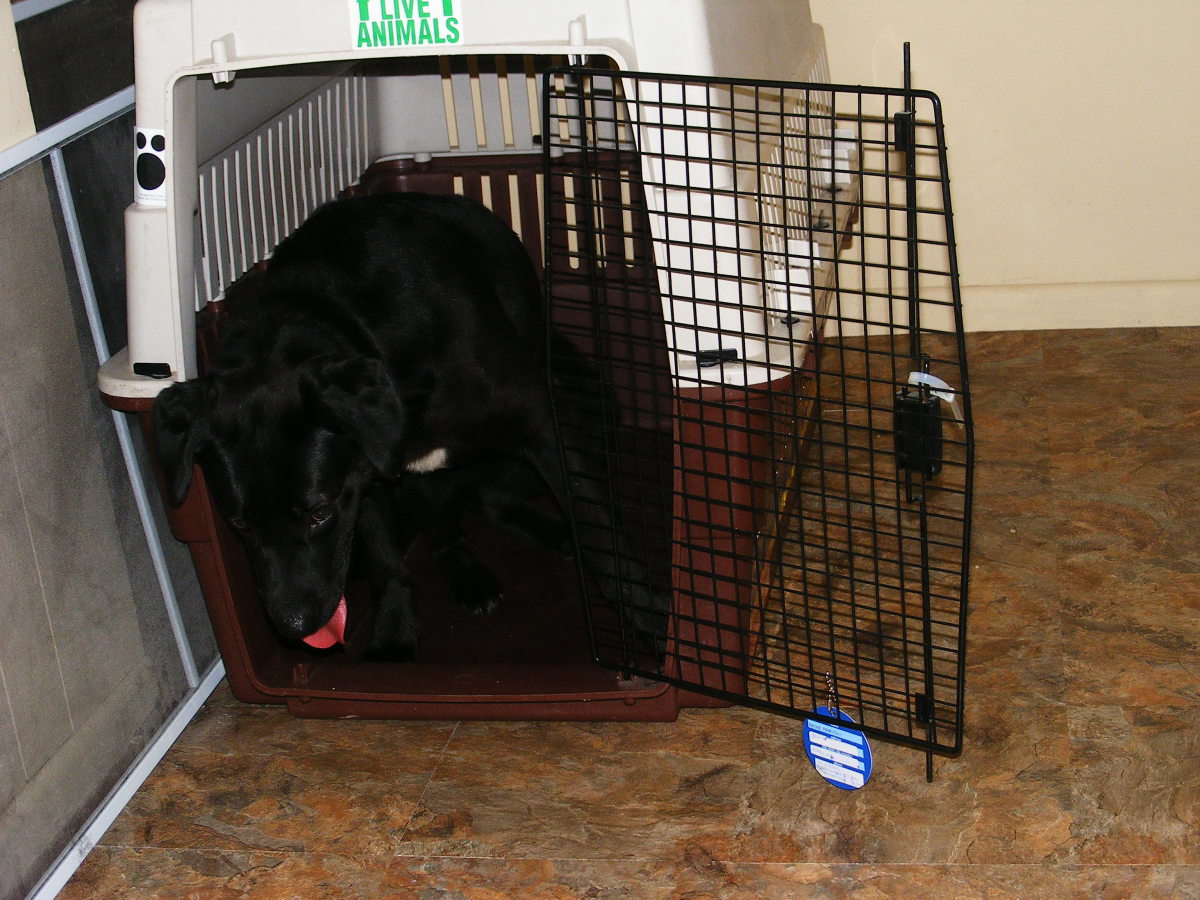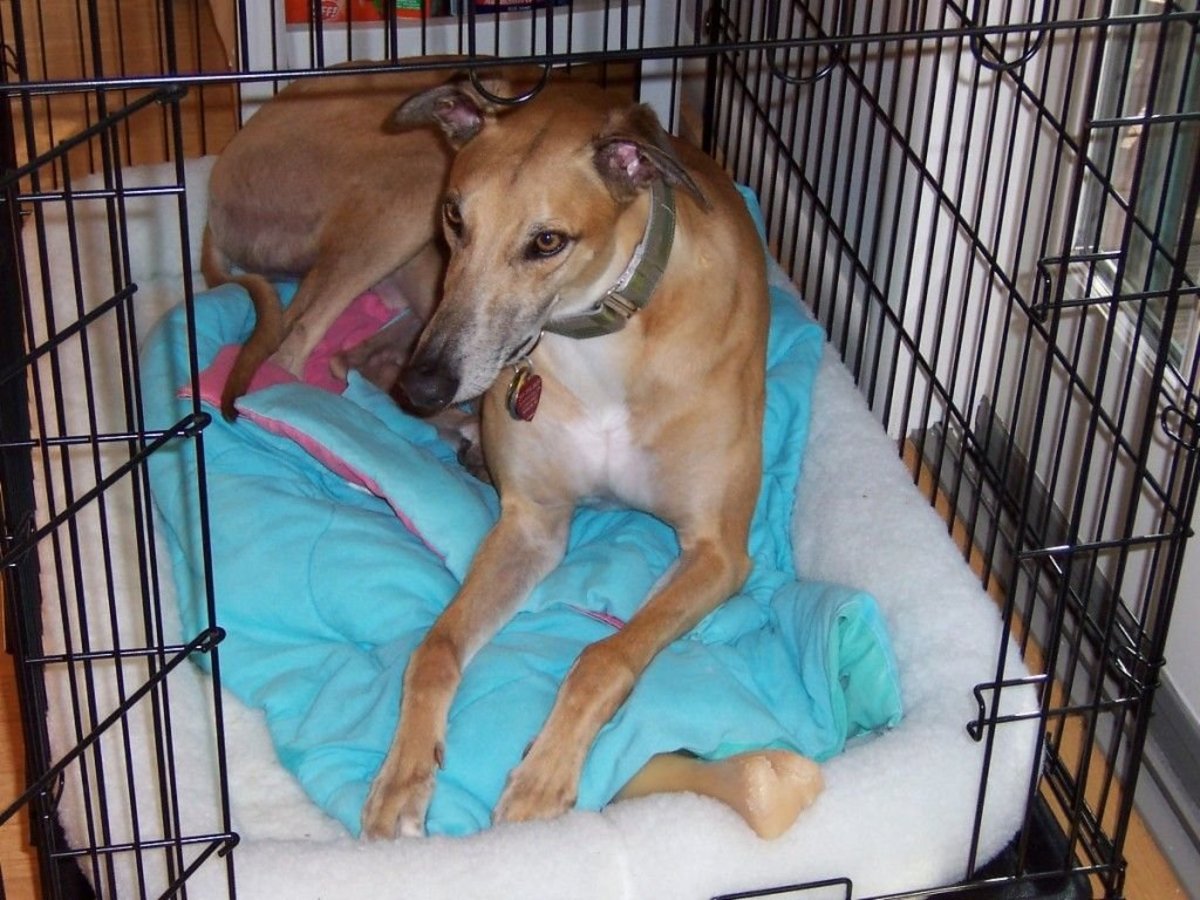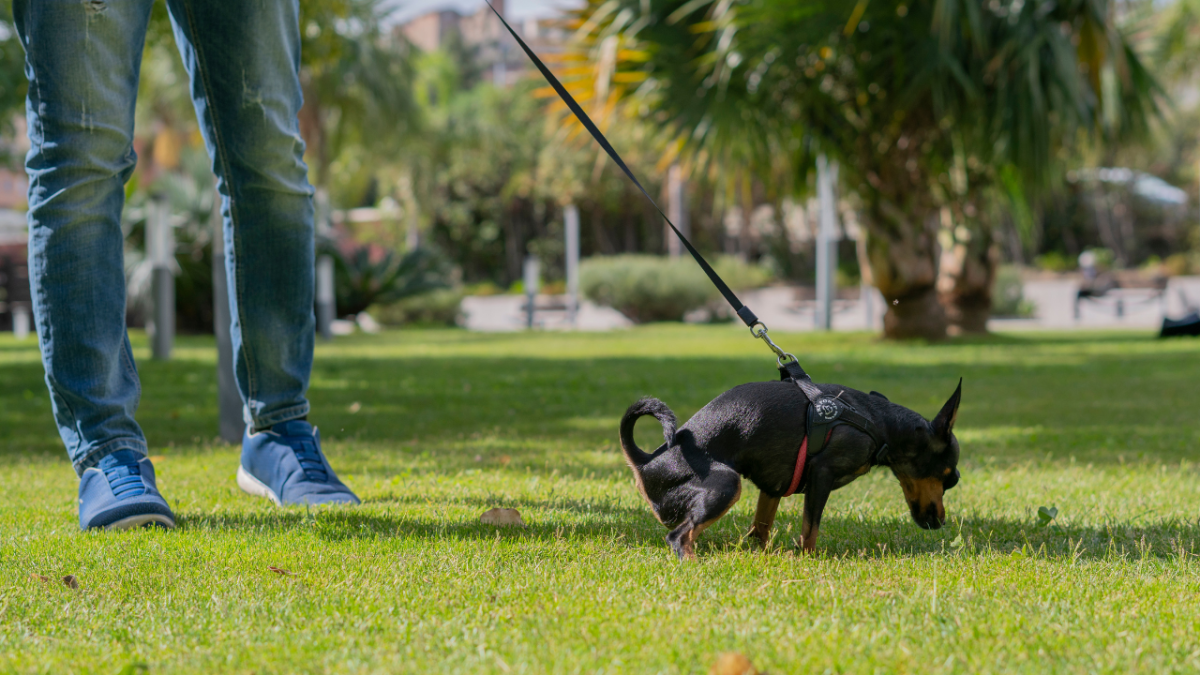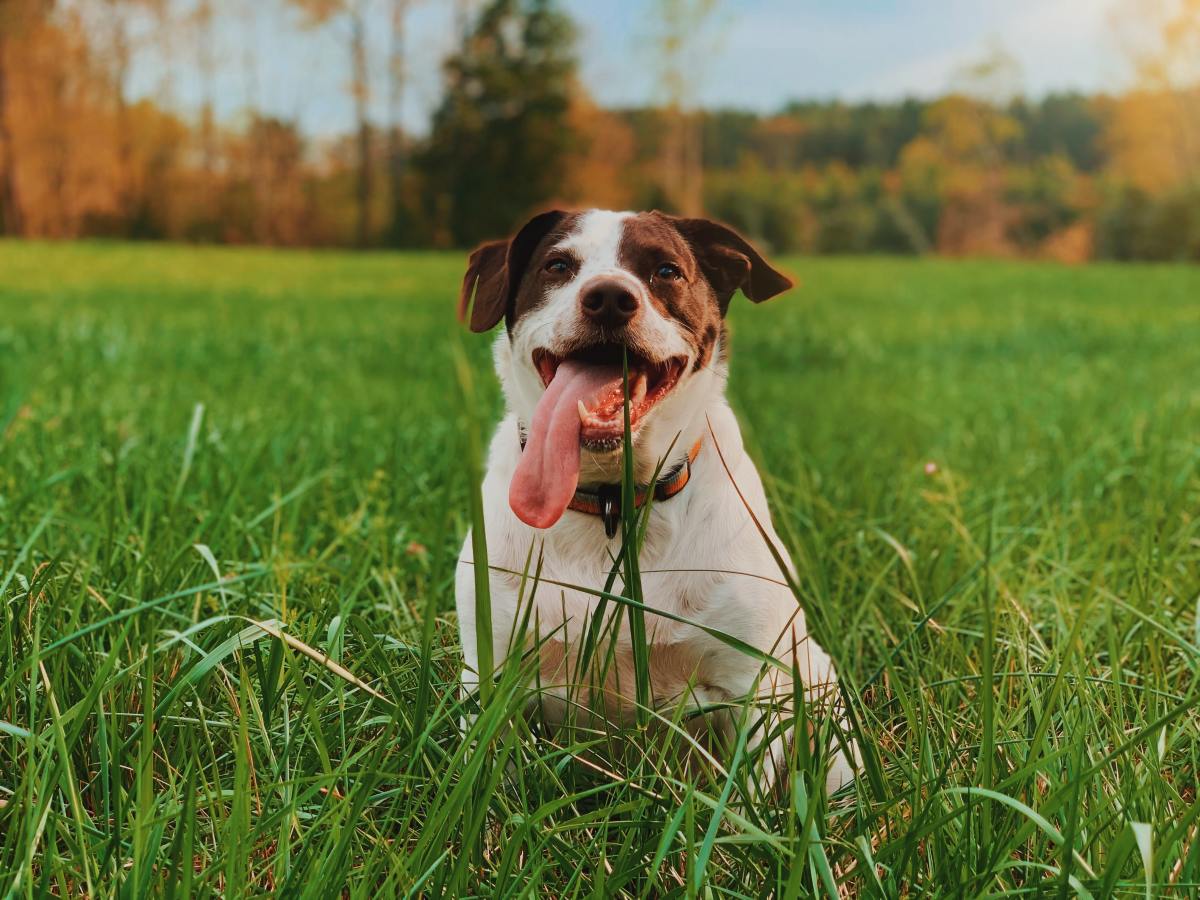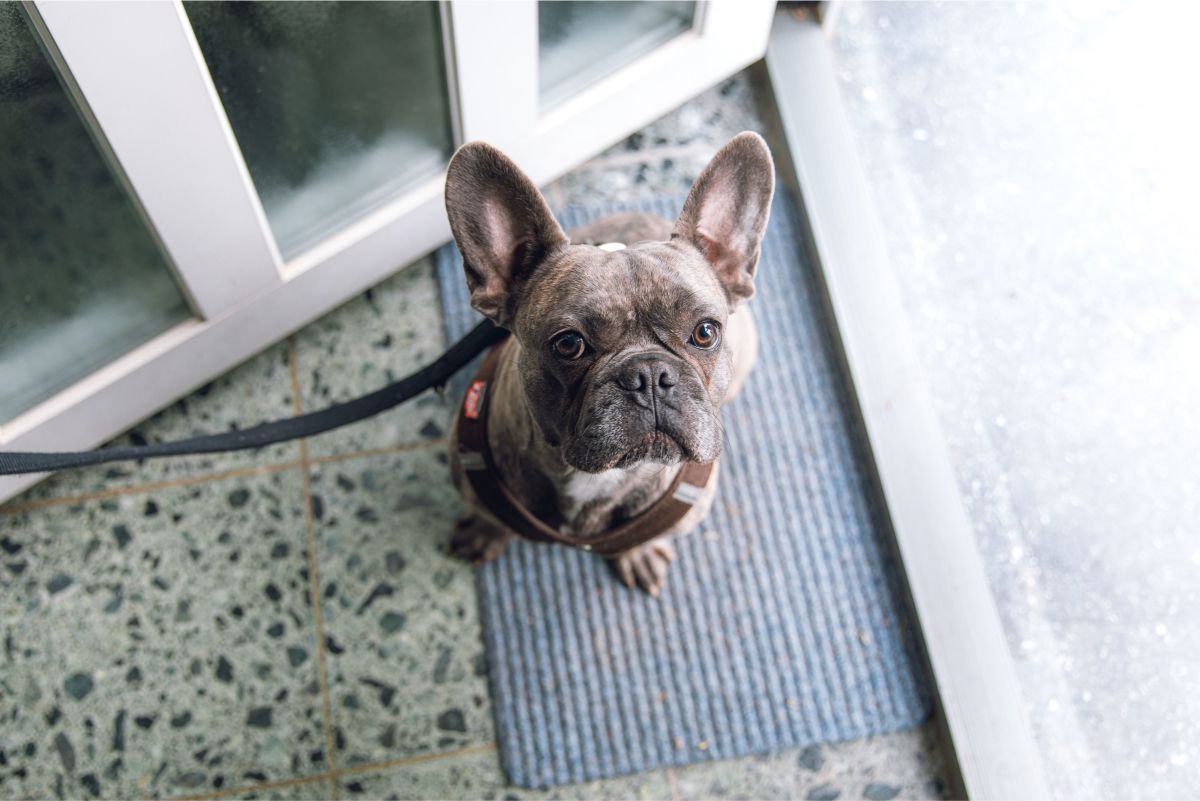Top Tips to Have a Smooth Experience of Crate Training Your Dog
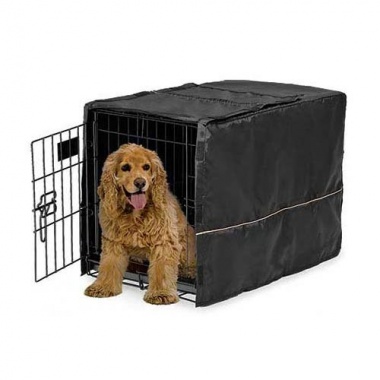
Crate training is a wonderful way to housetrain your puppy and even older dogs. A crate provides dogs a safe space of their own where they can happily spend time. This is great for shy dogs when there are a lot of guests in the home. It’s also a great protective measure for your traveling dog in case of a car accident. However, it’s sometimes seen that some dogs hate crates. In such a case, you shouldn’t force your dog to stay inside a crate because that will only make him upset and affect your relationship with him. Instead you can follow these tips to make him love the crate. But first we’ll see why crate training is important.
Why is Crate Training So Important?
Several dogs find it comfortable to stay in an enclosure that resembles a den. With such an enclosure, they feel safe and they even feel that they can raise their family there. Crate training is also an excellent way to housetrain puppies because dogs hardly soil the place where they sleep. It’s considered to be a very humane way to housetrain your dog. If you have patience and give right training and time, your dog will start loving his new home and it will reduce much of your headache.
How to Make Your Dog Love His Crate?
Introducing a dog to his crate should be done in a positive way. It is important that the dog should have a good first impression about the crate because the first impression is the last impression. Once he starts hating his crate, he’ll hate it forever. You also should remember to have patience. If you bring your puppy home on Friday evening, never introduce him to the crate right on Monday morning while leaving for work. Also if the dog is adult, don’t crate him for the first time leaving him on his own.
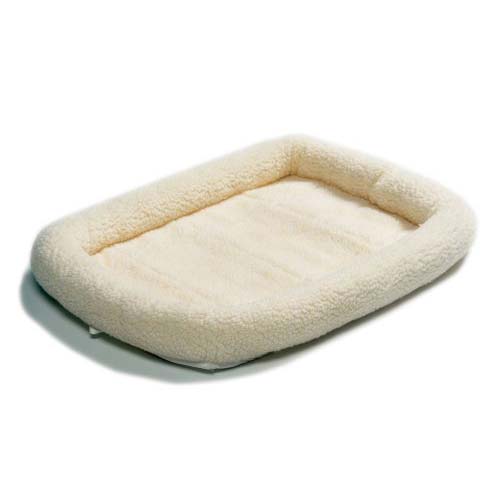
Choose the Right Crate Carefully
While choosing crate for your dog, take care to choose it big enough so that your dog can stand up and move around in it and also stretch comfortably while lying down. Place a cushy bed inside to make it more inviting. If your dog tends to chew his bed, choose a chew-resistant bed. Also place soft, chewable toys inside to divert the dog’s attention. You can also use old sheets and rags that the dog can tear down without you having to suffer any loss (however, ingestion of cloth can also be a problem, so better choose soft toys).
If you have a puppy, consider the size carefully for his future. You should know what size he’ll attain after growing up and you should choose the crate size accordingly.
However, a crate that is too big is also infeasible because then your dog can find a space in it to urinate or defecate. Considering this, it’s a good idea to get two crates – you can get a small dog cage for sale while your puppy is still small and is growing and a larger one when he’ll attain his full size. Of course, the second crate can be bought after the dog is fully grown up.
Another good idea is to buy a big crate but put in a wall inside it to confine your puppy’s space for his small size and once he’s grown, remove the wall.
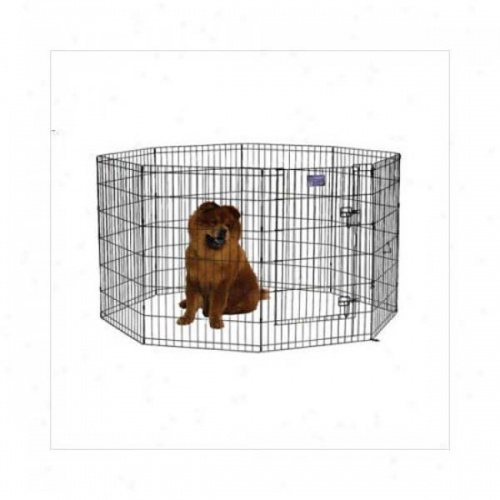
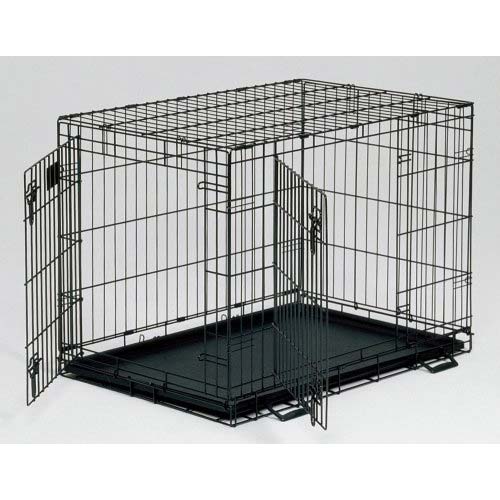
Position of Your Dog’s Crate
It’s also important where you place your dog’s crate. Choose a place for it where you normally hang out, such as your home office, the couch where you sit watching TV, your dining table or your bed. You can even keep changing its place and even have multiple crates if you have got a home big enough. Once your dog starts loving his crate, it may become his remote refuge whenever needed; but the crate should not be synonymous to social isolation.
Training to Love the Crate
If you have enough time (& you should have it), you can follow an easy way to crate train. Open the crate and place it on the favorite resting place of your puppy or dog. Now toss a treat inside, now and then. When your dog will enter the crate to get the treat, approve his gesture by saying ‘yes!’ and offer him another treat while he is still inside. If the dog happens to rest on the super-comfy bed you have placed inside the crate, show your appreciation by telling him what a good dog he is and offer another treat to him. Also try to give him his meals inside the crate. So, an easy, clear message is passed on to the dog that the crate is a place where good things happen!
Another effective trick is to place toys stuffed with food in the crate while your dog is not in there and close the door. When the nice smells of food will come out floating, your dog is likely to try reaching the source. Let him first try on his own to get inside and then open the door to let him in.
Make Your Dog Accustomed to Closed Crate
Once your dog is happy to enter the crate and even found resting inside, make a practice of closing the door. But close it only for a few seconds at a time. While some dogs get used to this right away, for some others, a closed door may be a big deal.
This process can be made still easier. Choose a time when after a vigorous exercise session, your dog is relaxed and is going to stay inside the crate anyway for a few minutes. You can engage him with an edible chew or a food-dispensing toy and while he’s busy, open and close the door for a few times at first and then leaving it closed for longer periods later.
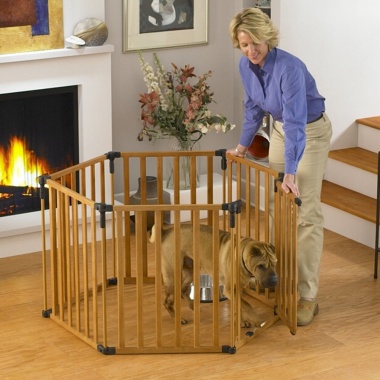
Time Required for Crate Training
The answer to how long your dog will take for crate training will be given by your dog itself. Do you find him often totally occupied with his stuffed chew toy, so that he even doesn’t see that you have shut the door? Is your puppy just four months old and has just enjoyed an hour of play and training in the yard, and when you send him in the crate, she promptly falls asleep? If it’s so, chances are you will get your dog crate trained fast.
On the contrary, if your dog has taken her time to enter the crate in the first place and also a few days to linger there rather than grabbing your treats and rushing out again, you can expect to take a longer time and should go slow. In that case, don’t even think of closing the door of the crate for the first time till all traces of anxiety are eliminated from him about hanging out in the crate with its door wide open. Also, when you will start closing the door, start slowly, with the door closed only partially, and then closed but not latched.
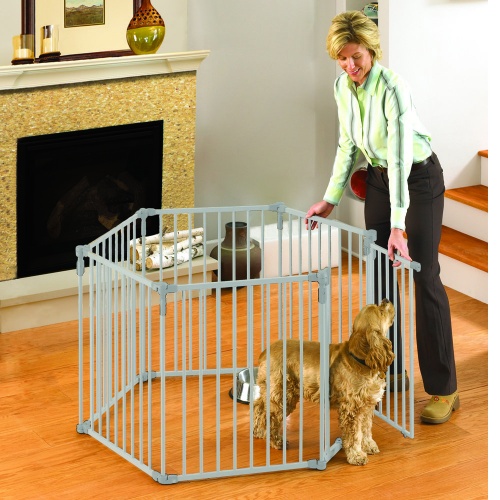
Entering on Cue
Your dog can be easily taught to enter the crate on cue. You can utter the cue just prior to the relevant behavior of your dog and only at that time. This makes your dog understand that the specific sound coming from your mouth is a sign of getting a reward for doing a specific behavior. You can choose the cue something like “crate time” and say it while tossing a treat inside the crate so your dog will go in. After repeating this a few times, utter the cue and just move your hand but not actually tossing the treat. Now give the treat with your other hand. This will make your dog associate the cue “crate time” with entering the crate and then you will start giving treats infrequently and not every time.
Have patience and follow these tips, and you will have a smooth experience of crate training your dog.

